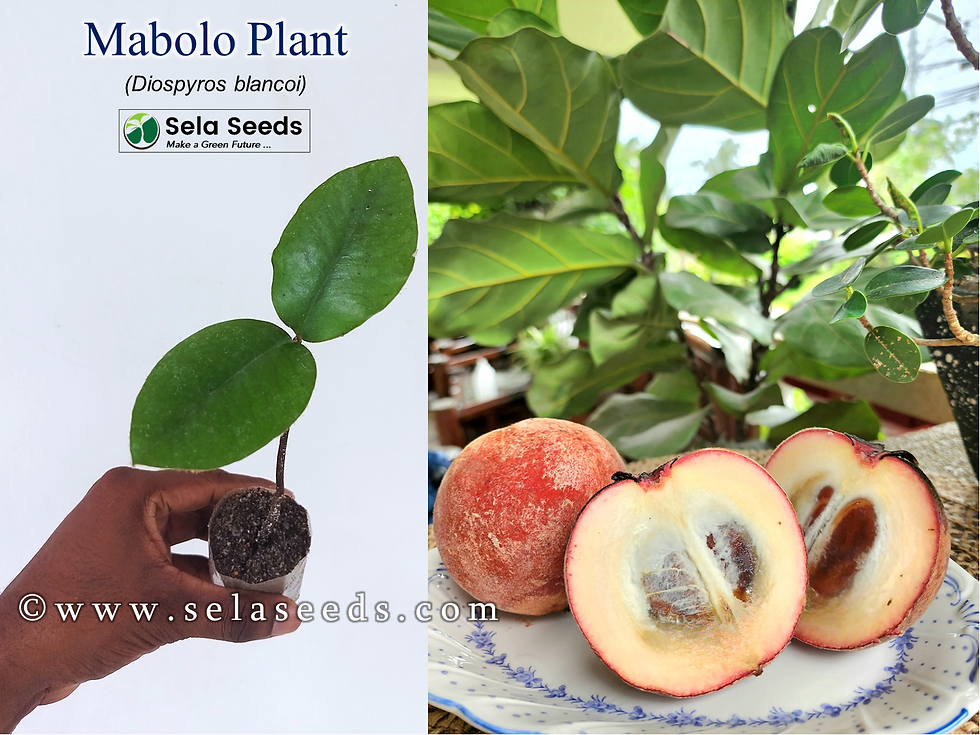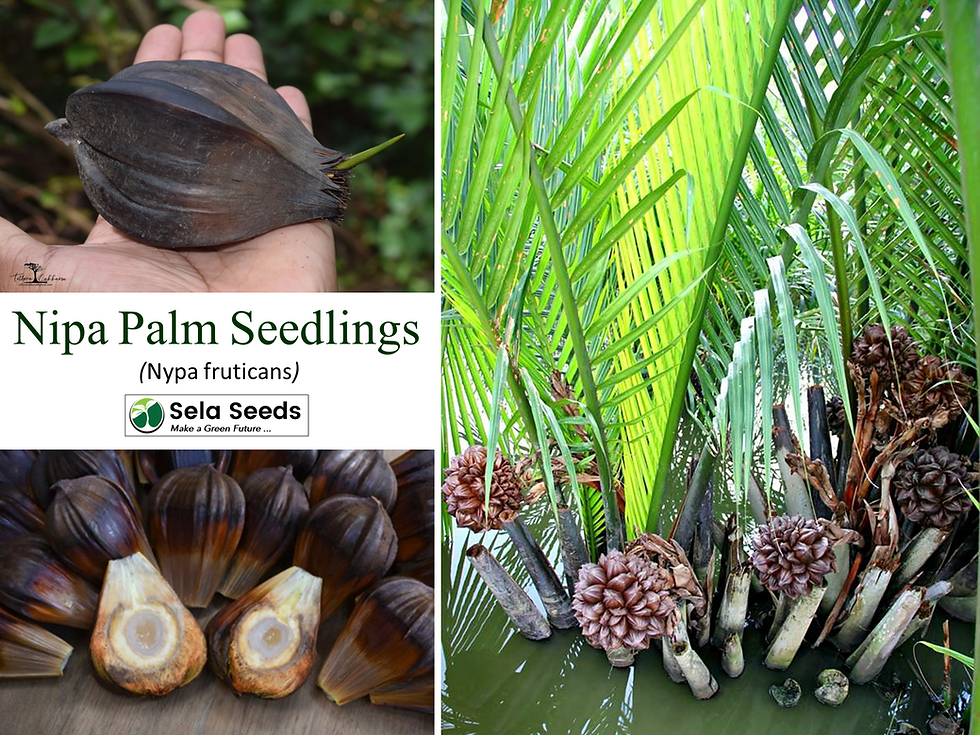Allium sativum: A Culinary and Medicinal Marvel
Allium sativum, commonly known as garlic, is a perennial flowering plant belonging to the Allium genus, which includes relatives like onions, shallots, and chives. Native to Central Asia, South Asia, and northeastern Iran, garlic has been cherished for thousands of years as both a flavorful seasoning and a traditional remedy. In 2021, China was the world's leading producer, contributing a remarkable 73% of global garlic supply.
Description
Garlic features a robust bulb from which tall, erect flowering stems can rise up to 1 meter (3 feet) high. Its linear, flat leaves, measuring 1.25–2.5 cm (0.5–1.0 in) wide, culminate in a sharp apex. From July to September in the Northern Hemisphere, garlic may produce lovely pink to purple flowers that attract a variety of pollinators, including bees and butterflies. The bulb itself emits a strong aroma and typically contains 10 to 20 cloves, which are arranged symmetrically at the center and asymmetrically around the edges, each encased in layers of protective sheathing leaves. Remarkably, garlic can thrive as far north as Alaska when planted correctly.
Cultivation
Garlic is renowned for its ease of cultivation, flourishing year-round in mild climates. While it can reproduce sexually, the majority is propagated asexually by planting individual cloves. In colder regions, cloves should be planted about six weeks before the ground freezes, allowing roots to develop without producing visible shoots. Harvesting typically occurs in late spring or early summer.
Ideal for close planting, garlic can also be cultivated in deep containers. It thrives in loose, dry, well-drained soils enriched with organic matter and prefers sunny locations, making it hardy across USDA climate zones 4–9. When selecting garlic for planting, larger bulbs are preferable, as they yield bigger cloves and contribute to more substantial bulbs.
Garlic is categorized into hardneck and softneck varieties, with the choice often depending on the growing latitude. Hardneck garlic, suited for cooler climates, produces larger cloves, while softneck varieties, which thrive closer to the equator, yield smaller, tightly packed cloves. Removing garlic scapes encourages the plant to focus energy on bulb growth, and these tender shoots can be enjoyed raw or cooked, adding another dimension to garlic's culinary versatility.
In every form, Allium sativum remains a treasured ingredient, enhancing dishes around the world and offering potential health benefits that keep it in high regard in both kitchens and gardens.
top of page
14,50$Prix
Il ne reste que 5 article(s) en stock
Articles similaires
bottom of page
































